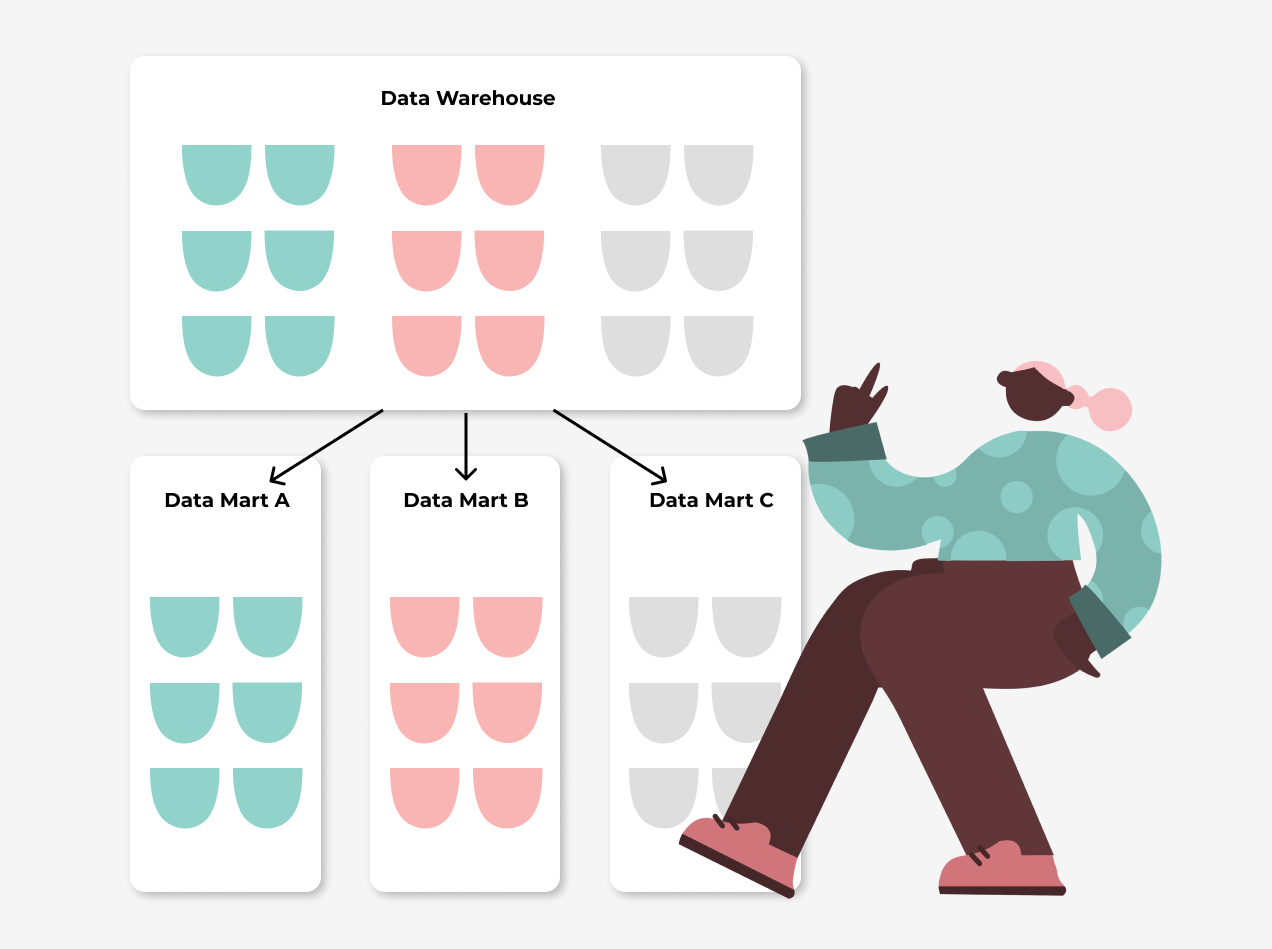Starting data-driven D2C may be challenging for established retail brands, many get lost in metrics to follow and data to gather. Another challenge is that the data is not available when needed, and it could be difficult to find. This starts to be especially complicated once D2C eCommerce is established with multiple markets and online storefronts opened. Even though some analytics capabilities exists in Shopify, it isn’t enough to provide convenience needed to operate markets efficiently. So how do you get started with D2C data on a Shopify platform?
Multi-market Shopify D2C eCommerce companies need to pay attention on the following aspect of data-platform and strategy:
- Shopify doesn’t support joint reporting from multiple storefronts, building common reports. Analysing requires manual labor which will delay data availability.
- Marketing efficiency measurement is inconvenient and a laborious task the more markets D2C companies are operating in. Ad spends are distributed to various marketing channels and markets. D2C businesses operating in 3-5 markets might have up to 25 social media ad accounts to operate and follow. This leads to inefficient marketing budget usage, and cost overruns.
- Shopify doesn’t offer many important functionalities needed by D2C merchants like customer segmentation, product analyses, sales forecasts, and connecting multiple storefronts data into the same system - enabling analyses across markets or brands
Woolman’s recommended D2C data practices for companies operating multiple markets and brands are the following:
- Create a single source of data: Relevant data sources are connected to a single data-warehouse to enable aggregate analyses of sales, products, customers and marketing actions. Data from different markets and brands can be combined e.g. to create more accurate combined customer segments and
- Use standard reports & metrics: Adopt and use at minimum standard metrics for D2C profitability, and sales & marketing funnel follow-up. This helps D2C businesses compare data and detect areas to focus.
- Provide easy access to data: Organisation should have wide access to key metrics, dashboards and reports, enabling data usage outside its own department and maximizing actions based on data e.g., product returns should be visible for marketing teams to avoid poorly planned campaigns .
D2C metrics and reporting practices
Many D2C beginners eCommerce companies are struggling with collecting data, analyzing it, and focusing on the right metrics resulting in remarkable loss in profits compared to data leader eCommerce companies.
To simplify D2C eCommerce data usage, and avoid drowning to a number of different D2C metrics, Woolman proposes defining baseline metrics to track and steer business. Splitting metrics to key and support metrics may help to focus right metrics:
- Key metrics: Followed by all stakeholders in minimum weekly e.g. in management team meetings
- Support metrics: Metrics to be followed minimum by marketing manager or eCommerce manager weekly
Example of D2C sales & marketing metrics

Example profitability metrics

Ellis D2C Shopify Data Platform
How does it work?
Ellis is a D2C business management platform helping Shopify based merchants to excel in D2C. Ellis is delivered through its own platform operated by Woolman to enable the utilization of data to offer visibility and analysis for customers' business.
Ellis consists
- D2C optimized dashboards needed to operate, analyze and predict business
- AI-driven analyses and insights to support merchant's decision making
- Built-in data warehouse
- Standardized data connectors to Shopify PLUS, and many other services like Shopify, Google Analytics, Google Ads, Facebook, email marketing (e.g. Klaviyo) or loyalty programs.
With Ellis, data analysis is delivered through dashboards covering various key topics determined by Woolman such as customers, sales, marketing, traffic, products, inventory and shipping for example. Data analysis is performed by calculating key and support metrics, statistical methods, and by using Machine Learning models to segment customers accordingly based on the customer’s data.
Hopefully this provides you with some insights on key metrics to follow and how to utilise data on Shopify.

